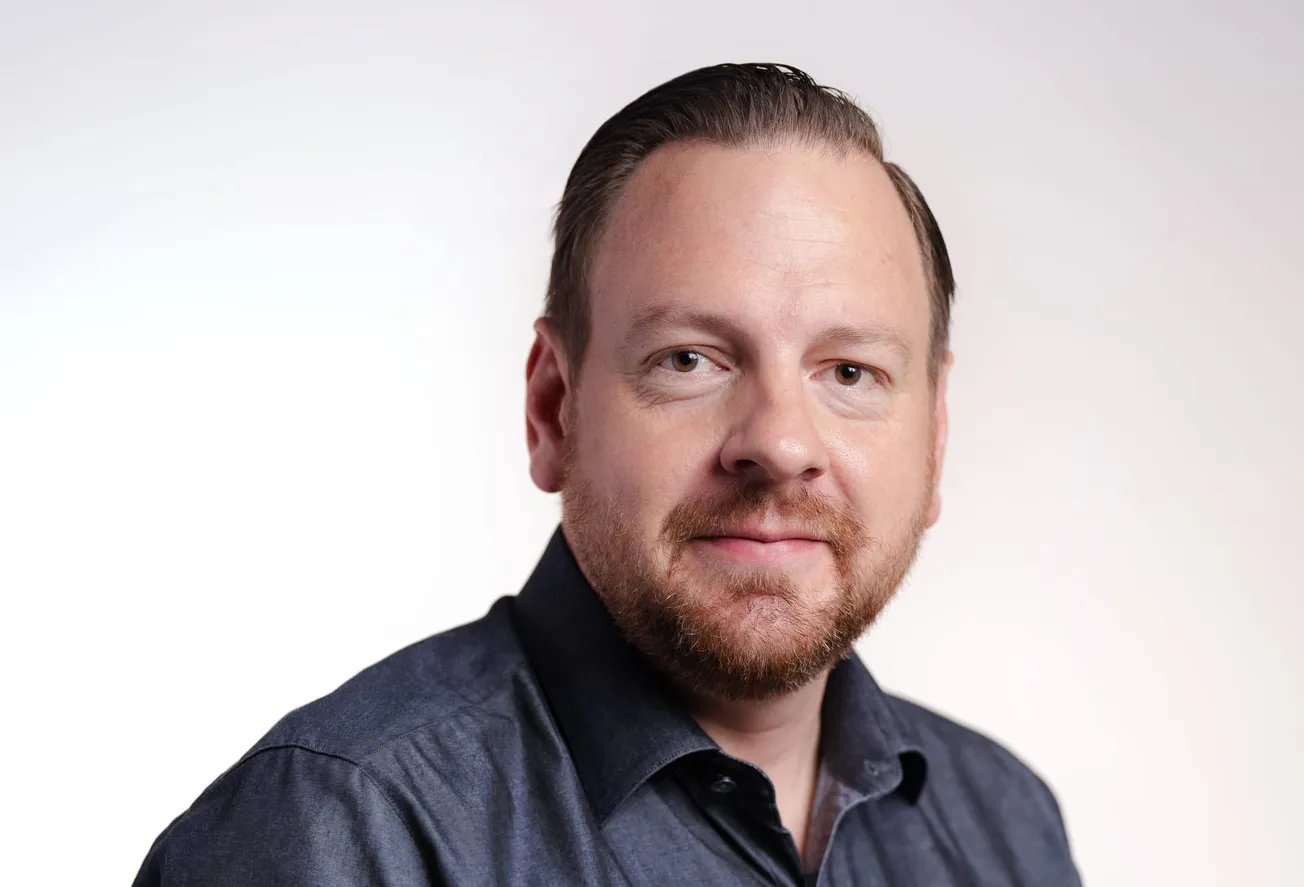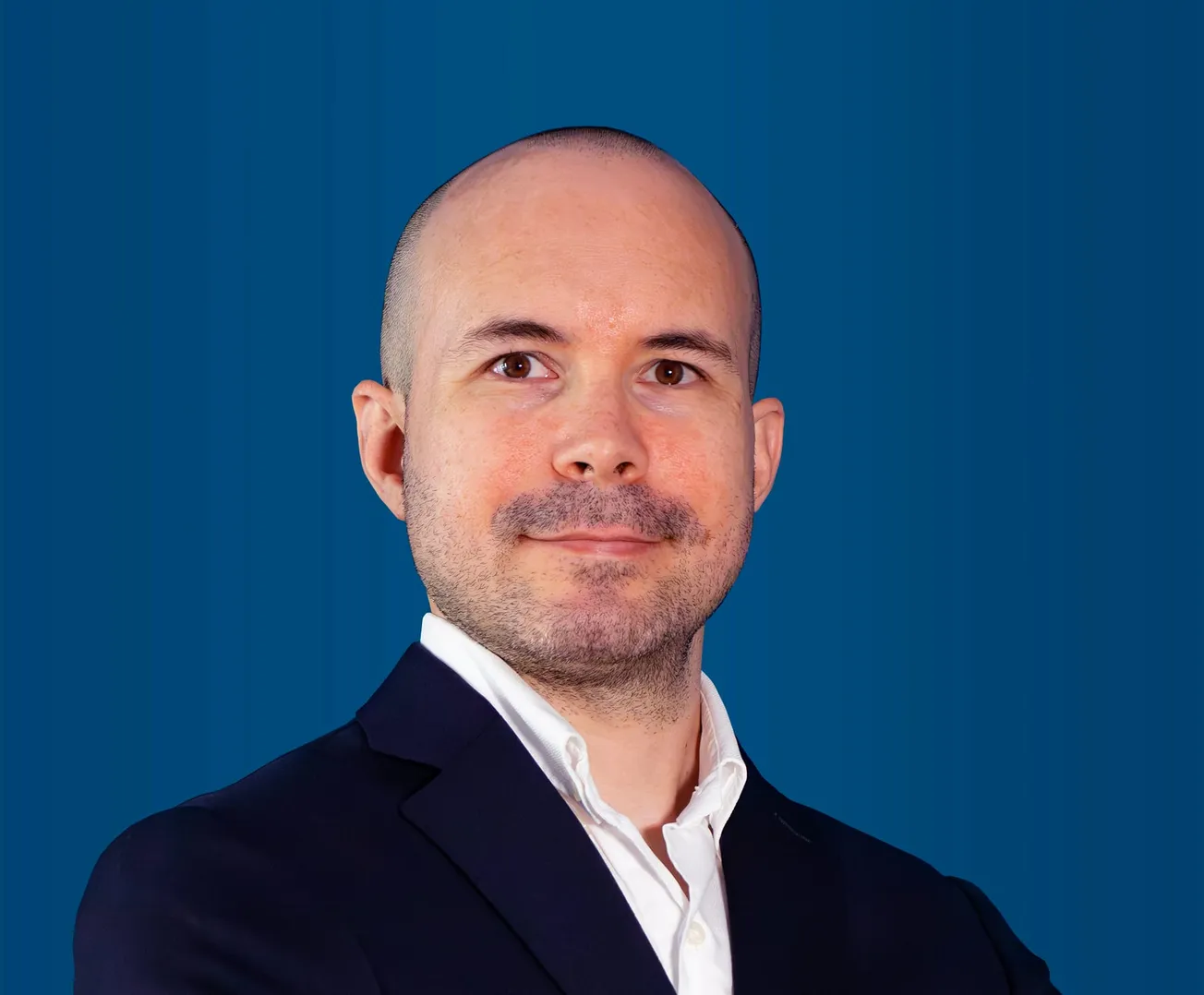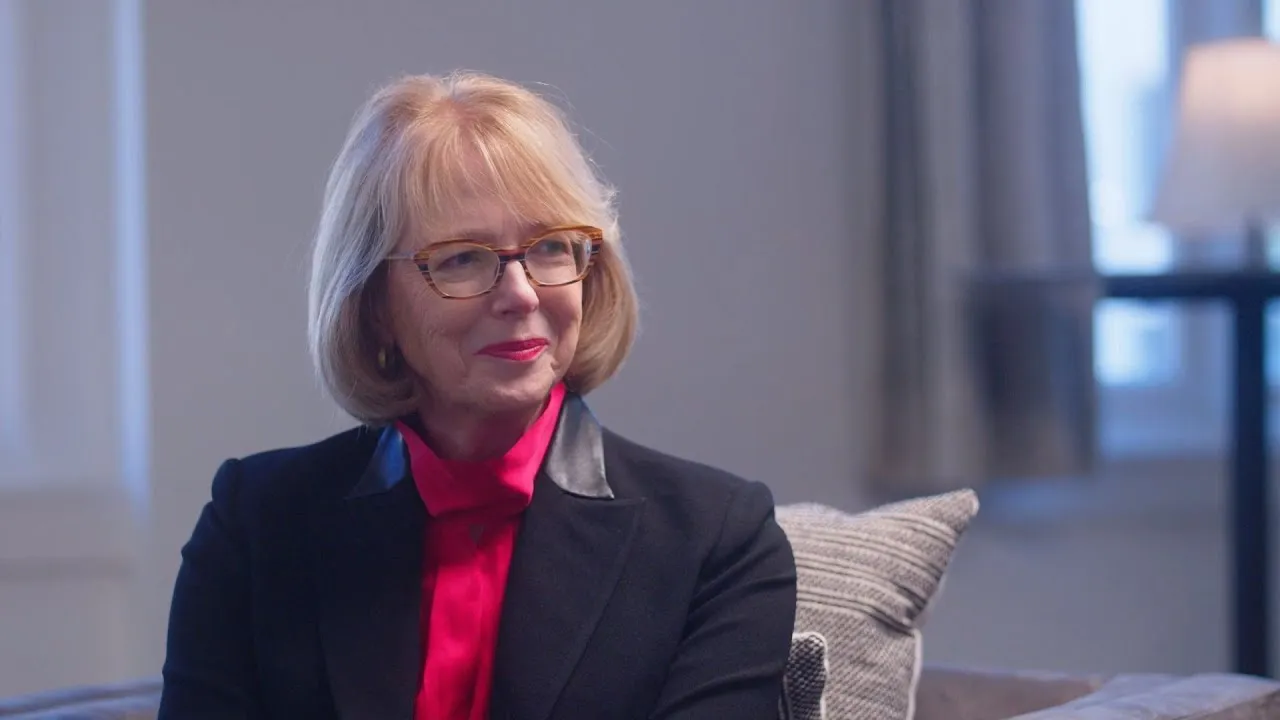Table of Contents
Chris Gibson, CEO of Recursion Pharmaceuticals, sat down with Onyx for a feature-length interview.
Nvidia have made their largest ever external investment in Recursion. Why is your company an exciting prospect for them?
We had been partnering with Nvidia for four or five years on a variety of high-performance computing applications. They worked with us closely to build our first on-premises supercomputer, and there is the potential to build a second supercomputer.
As part of those discussions, I think Jensen [Huang] who we met with to get their investment, actually saw a lot of parallels in where we are in biology right now compared to where they were in high performance computing say 15 years ago. What he saw was the move from empirical lab-based work to entirely in silico predictive work. I think he sees the same parallel happening in biology today.
The silicon chip is a physics-based system where we know all the rules. Knowing the rules of the system was why we got these amazing early breakthroughs with silicon chips and why we're not quite there yet with biology - we don't know all the rules. But as we're generating these large data sets, we're increasingly understanding the rules that allow us to take an algorithmic approach to capture the true nature of biological systems.
And as Jensen has said, they will literally push a button to go spend billions of dollars on a next generation of chip almost entirely based on an in silico design algorithm. I think a lot of investors see healthcare as a greenfield right now. There's actually been pretty low adoption of these ML and AI tools historically, but we’re at the beginning of a wave of change.
Will your agreement to join forces with a UK company see both businesses come under the Recursion brand?
Everything is coming under the Recursion umbrella from a branding perspective, but there are lots of elements of Exscientia that will become key parts of the culture and ethos of Recursion going forward. A large number of folks from Exscientia in Oxford are onsite today here in Salt Lake City. We're walking through all the different ways we're going to bring our technologies together as part of the planning process for the integration. But it will be Recursion, and I'll be the CEO. The current interim CEO of Exscientia, Dave Hallett, is expected to stay on as our chief scientific officer.
Building a machine to understand biology and chemistry is a big task. And we never believed that we would have the resources or the head start to get all the right components required for those machines before everybody else. And so our strategy is that we've always been open to partnerships for learning and for growth, but also to acquisitions where they make sense. We've really led the tech bio industry in terms of building all our code with a fundamental focus on biology. And we saw Exscientia as a company that had led at scale in the tech bio space with a fundamental focus on chemistry, in particular small molecule chemistry.
And so when we saw an opportunity to bring Exscientia together with Recursion, we thought we could further enhance the power of bringing biology and chemistry together. We've been chasing the same summit of the same mountain, but from two completely different directions. Assuming that the deal goes through, which I'm confident it will, we'll have a more holistic, broad platform that really gives us tools at every step of discovery, even onwards and into the clinic.
And I think that's going to be the key. There are so many tech bio startups today that are working on single point solutions, and that's how we got started, too. You have to start somewhere - but the reality is if you're somebody who can help a company find a single target, or somebody who can purely optimize blood brain barrier penetration, it's really hard to be attractive as a prospect and to be integrated into the workflow of a large pharma company. If you are a company who can build your own medicines in-house, take them through clinical development and/or partner with large pharma companies to do many of those steps with or for them, I think you create a lot more value in the industry and you're rewarded for that.
Where does Recursion get its data?
We've always believed that data is key. The AI side of things will be commoditized eventually, and the winners will be those who have the strongest data moat in life sciences.
In life sciences, the data is the limiting factor. And so we've always focused there, which is why we have spent so much money to build giant laboratories full of robots doing millions of experiments every week. Almost all of the data that we use comes from our own laboratories, data generation doing real experiments in human biology, generating data across multiple different layers of omics, from phenomics to transcriptomics to proteomics.
We even have our vivarium with our animal models. We have cameras that are recording videos of mice and we're using ML and AI tools to turn those videos into biological signals for the algorithms. Last year we signed a collaboration with a company called Tempus, which provides rich patient data in the oncology space.
We also recently signed a collaboration with a company called Helix that is looking outside of oncology at bringing very high quality patient data at scale to bear. Between the data we've generated and those two partnerships, we have over 50 petabytes of proprietary data. So this is data that you can't just get online, it's entirely proprietary to us and to our partners to train our models around.
The vast majority of our focus is our own data that the rest of the world hasn't seen because they haven't generated that data themselves.
We're really trying to go places others can't go after, targets that people don't know are even targets. So a good example of this: we've got a program headed towards the clinic right now in oncology going after a target called RNA binding Protein 39. And until we talked about the relationship of RBM 39 to this known pathway in oncology related to CDK 12, that was an unknown relationship. We developed a novel molecule and were able to drive a program into the clinic. And that's really where our sweet spot is – going where others cannot because of the large, unique proprietary data sets that we've generated.
Where do you see the wider industry going both in terms of AI and life sciences for 2025? What's your plan for Recursion?
Well it's a pretty exciting time for us because we just read out our Symptomatic Cerebral Cavernous Malformation (CCM) program. We are very excited about the results. We've got nine or more programs to read out in the next 18 months. Many of those will be phase 1B or phase 2 trials. And so people have commonly critiqued the AI field as saying there's no real evidence that any of this works. And they'll keep saying that until there's drugs on the market that are approved that wouldn't have gotten approved without the use of ML or AI. Obviously that takes time. And I think with 9 additional shots on goal in 18 months, we stand a very good chance of being one of, if not the first companies, to prove to people that there is utility in taking the AI approaches we do.
11 years in, we're on the precipice of being able, we hope, to get new medicines headed towards patients. And I think from our CCM result, there’s obviously now more work to do in the phase 2 and phase 3 trials that'll come, but we see a promising path.
What’s your personal background?
I was doing an MD PhD at the University of Utah. My background was all academic before starting Recursion. Doing this academic program was an opportunity to work across a variety of different interfaces of science and medicine. And in the laboratory where I was working we were actually studying this rare genetic disease, cerebral cavernous malformation. We used a traditional molecular and cellular biology approach to understand that disease and, at least in the work we were doing at the time, it seemed like it had failed. And so we sort of took a step back and asked, is there a different way, maybe utilizing systems biology to understand this disease?
And that led us to create a phenotypic screen based on images. And I started coding up Recursion Platform 0.1. I quit a couple days later because I'm not a super good coder, but luckily there's a professor named Anne Carpenter who'd already written some open source software called Cell Profiler. And we adopted that and identified a molecule that we thought was really interesting and that worked in preclinical models.
We licensed that IP from the university, and that became one of our first programs. The idea we had then was… could we expand this approach? It seemed to have worked pretty well in this one genetic disease. Is there an opportunity, because it's so much more efficient compared with traditional drug discovery, to try and scale that image-based approach? That felt like something that needed to be explored and an academic setting didn't feel like the right place to explore it. And so I talked with my dissertation advisor and he sort of said, okay, let's go do this. Let's start a company around it. So I got to do the book years, but not the fun clinical. I'm technically an MD dropout, even though I finished the PhD!





